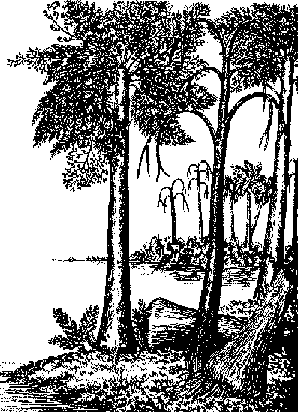
| Palaeos |  |
Lycopodiophyta |
| Plants | Protolepidodendrales |
| Page Back | Unit Back | Up | Unit Home | Glossary |
| Page Next | Unit Next | Down | Plants | Dendrogram |

The Protolepidodendrales are a group of mostly small plants that had an apparently world-wide distribution during the Devonian and early Carboniferous (Mississippian) periods. They were probably ancestral to later lycophyte groups like the Lepidodendrales and Selaginellales. They differ from other lycophytes in the possession of leaves which were forked at the tips. Well-known genera include Archaeosigillaria and Leclercqia. The latter plant grew to half a meter or more in height. Both Archaeosigillaria and Colpedoxylon have leaves that trifurcate, or have three-pointed tips. The most complex of these forms, Leclercqia, had five-forked or -pointed leaves, each of which bore a ligule (a small scale-like outgrowth), while the xylem resembled that of the primary xylem of the huge Carboniferous scale-trees like Lepidodendron. Leclercqia is an important linking taxon, as homospory and the presence of a ligule are not found together in any living lycophyte.
The Protolepidodendrales evolved tree-like characteristics independent of other tracheophytes. They probably developed leaves both by enations and by planation of a branching system. They were also the first members of the Lycophyte lineage to evolve wood and bark, a modified shoot system that acts as a rooting system, bipolar growth and an upright plant habit. Some of them had large stems and bark superficially resembling that of the Carboniferous scale trees, implying that some, such Protolepidodendropsis, were a few metres high, and by the late Devonian had evolved into proper trees like Cyclostigma.

![]() Introduction
to the Protolepidodendrales - best on the web
Introduction
to the Protolepidodendrales - best on the web